Also read: 12 Safest places to visit in Africa!
1. Masai Mara Game Reserve, Kenya
The iconic African savanna grassland where Meryl Street and Robert Redford’s romance unfolded in the movie Out of Africa, is bound to feature high in the list of popular game reserves.
2. Amboseli Game Reserve, Kenya
Also read, Amboseli National Park at the foothill of Mount Kilimanjaro!
A UNESCO heritage site, the Amboseli National park is a unique land in Eastern Africa that houses herds of elephants which is unique to the rest of the world. Nowhere else, you are likely to find such big herds of African Eles! (In Manas National Park, Assam, I found a few such herds of Asiatic elephants. though, they are far lesser in number!)
The best time to visit Amboseli is African winters. The dry and arid land is also dotted with swamps, making it impossible to drive during the monsson. Summer is excruciatingly hot!
3. Lake Nakuru, Kenya
How to Get to Lake Nakuru National Park
What to See at Lake Nakuru National Park
This park is known for its two species of flamingos, who congregate on the shores of Lake Nakuru. Other resident wildlife includes lions, wildebeest, deer, water buffalo, zebras, baboons, white rhinos, giraffes, warthogs, and many different species of birds and waterfowl.
In addition to its wildlife, Lake Nakuru also boasts stunning, grassy vistas bordered by the escarpments of the Great Rift Valley and even a waterfall! There were several picturesque overlooks along our drive, my favorite of which was Baboon Cliff!
What to Expect on Safari at Lake Nakuru
On the day of our scheduled safari, we drove in from Nairobi and arrived at Lake Nakuru mid-morning. We loaded into our safari van with the retractable roof, and set off. Just within the main gates, not five minutes into our drive, we spotted the golden mane of a male lion, waving blissfully in the wind, just like the tall grasses he was surrounded by. We soon detected a second female, lounging close by.
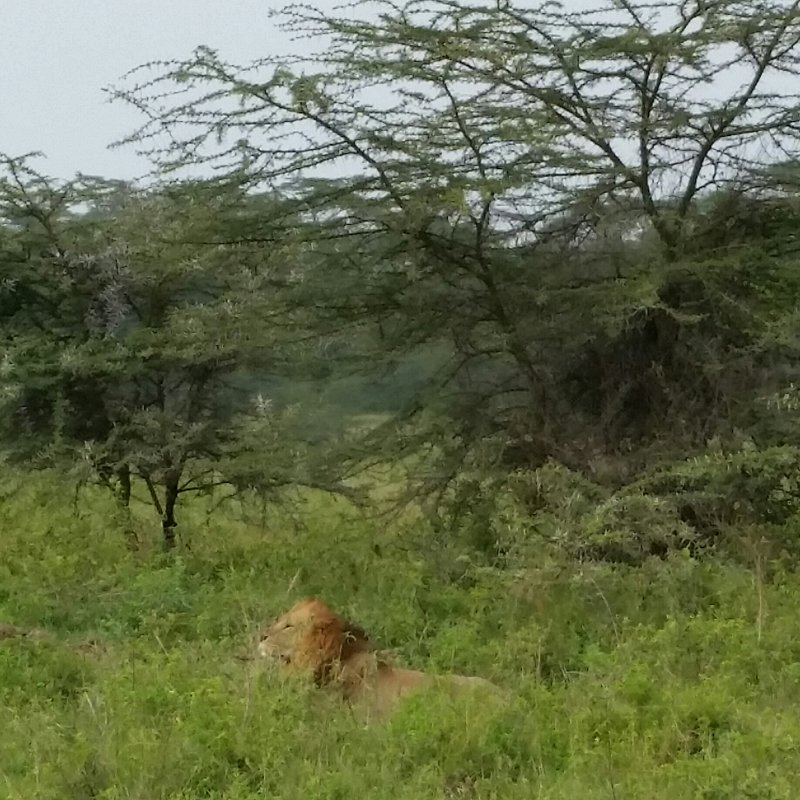
The king of the jungle
After several minutes taking in this surreal moment, we moved on to a grassland prairie full of roaming zebras and wildebeest. The road then narrowed somewhat into a shady, tree lined path, teeming with baboons. Lake Nakuru might be most famously known for its flamingos, but I think the baboons are the real showstoppers here! There is no limit to their intrepid curiosity and playful personalities. It was fascinating to see family dynamics playing out amongst their troops, as you could clearly pick out the parents, children, and siblings within a family!
Stripes galore!
Resident deer
We progressed onwards and upwards towards the overlook at Baboon Cliff. Aptly named for the resident baboons that lounge here, waiting for unsuspecting tourists! These baboons have taken a clue from the visitors who like to exit their cars for a little leg stretch at this point, unknowingly creating access to their belongings! We had a large male take it upon himself to “drop in” through our open roof and begin raiding purses in search of food! Aside from the slightly over-inquisitive baboons, this overlook offers stunning views encompassing the lake and the surrounding terrain.
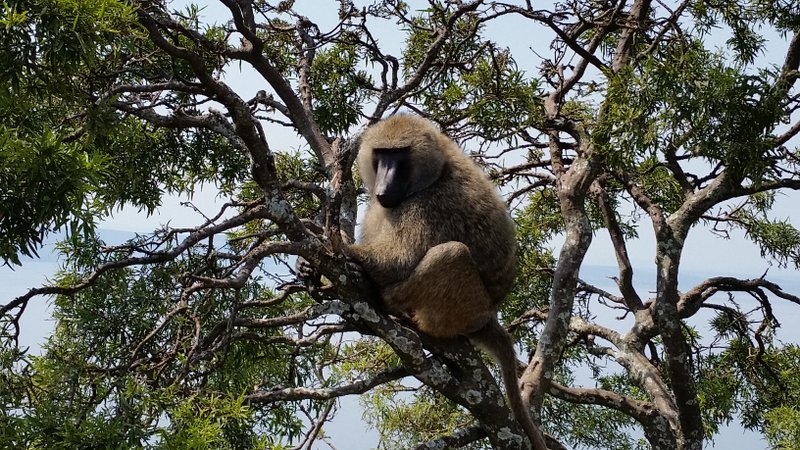
couting out unsuspecting tourists!
Why You Should Visit Lake Nakuru
4. Tsavo National Park, Kenya
Our land rover was snaking through the dense bush and dusty unpaved road of the infamous Tsavo National Park. The red dust has already covered the car. No, Tsavo is not Masaimara. Mara is a vast plain where one can spot a game rather easily. In Tsavo, the black lava rocks covered with dense bush, Baobab and Acacia trees are the ideal places for an ambush.
It’s midday and no signs of any wildlife – an eerie silence everywhere. I felt a bit uncanny! Back in 1900 when Uganda – Mombasa railway line was being built, it ran through Tsavo. Many lost their lives to the man-eating lions. As one says,- ‘old habits don’t die.’, I didn’t let my guard down.
“Keep an eye,” Hardev told us while carefully driving the Rover at a moderate speed. John and I were scanning the bushes. It’s John’s trained eyes who spotted the elephants first. Hardev slowly drove the Rover to an opening where we could see them playing in a pool of red and muddy water. With camera ready, I was about to step out when Hardev pulled me by the collar – ‘don’t you dare for a second’ he sternly warned me!
5. Dinokeng Game Reserve, South Africa
Dinokeng Game Reserve is a small game park located just outside of Pretoria in South Africa. We visited in May, which was low season. This meant it was fairly quiet in the park. Even though it was winter, the sun was blazing hot during the days! Dinokeng is known for having the Big 5, lions, leopards, elephants, rhino, and buffalo. We were ready to cross all of them off our list!
We left our apartment around 7 am and headed to the gates, we drove into the park and spotted many wildebeest and kudu. A few minutes later we spotted an elephant in the distance moving through the trees.
We continued our drive through the park looking for lions and leopards and then all of a sudden the car stopped. I looked to my right and coming out of the trees was this huge elephant! It was such an amazing experience, he didn’t even take us on! He just wandered off into the bush on the other side of the road. Hands down one of the best experiences I ever had.
We didn’t manage to see any lions on our self-drive, so we booked a group game drive with a hotel close by where we saw many other elephants and even some lions!
Heading for a safari in Africa? Read these handy guidebooks and classic novels:
- Lonely Planet Guide Book on Southern Africa
- Lonely Planet Africa, Travel Guide!
- Lonely Planet Guidebook on East Africa!
- Out of Africa (a Classic read)
- Shadows on the Grass
6. Chobe National Park, Botswana
(This excerpt is written by Iga who is the author of the travel blog Eager Journeys! find her on Instagram and Twitter)!
Chobe National Park situated in the northern reaches of Botswana, near the borders with Zimbabwe and Namibia, is known as the ‘Land of the Giants’. This is because it is home to the world’s largest elephant population – around 130 000, which accounts for 37% of elephants across the 18 surveyed African countries.
The best time to visit Chobe National Park is in the dry season, from early June to late October, before the rains come. Malaria mosquitos are most active in the rainy season between November and May. You’ll find affordable accommodation deals from early January until late March, while high season is from early June until late October. During this time, the park is very dry, which makes game spotting easier. Tens of thousands of elephants make their way to the luscious banks of the Chobe River to drink and feed when vegetation is sparse.
During a four-hour Chobe River cruise in the dry summer months you’re likely to see around 1 000 elephants, walking along the river banks, as well as playing and cooling down in the waters. You can also expect to see hippos, crocs and buffaloes, as well as African fish eagles, spoonbills and African yellow-billed storks.
7. Bwindi National Park, Uganda
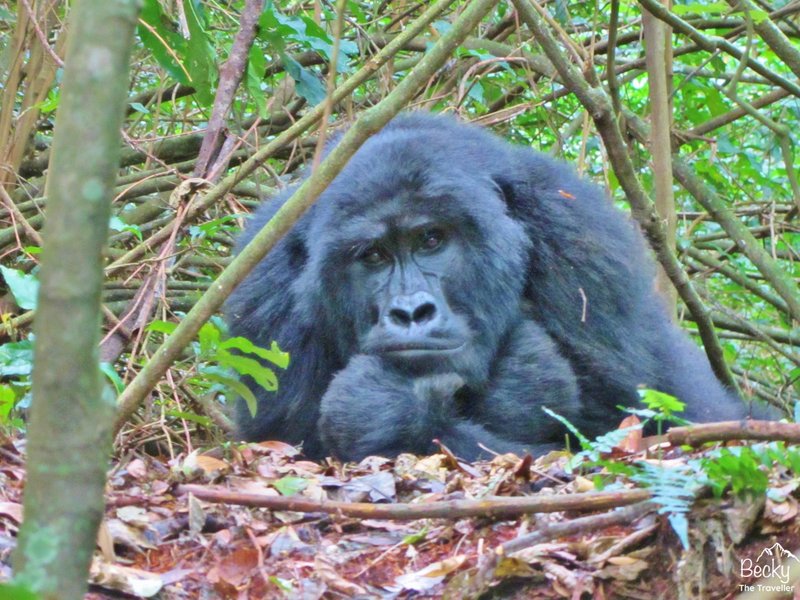
Bwindi National Park in Uganda is famous for seeing one wonderful creature, the mountain gorillas. These magnificent animals, now on the endangered list live wild in only two countries, Rwanda and Uganda. During my trip to East Africa, the gorilla trekking experience in Uganda was by far one of my highlights of the trip and is one of the most amazing wildlife experiences I’ve been lucky enough to have.
The gorilla trekking safari tours are available all year round, although you might want to avoid the rainy season. But they are incredibly popular, as well as expensive, so if it’s something you want to do then start saving and planning now. On the trek, you get to spend an hour watching, photographing and following these huge animals through their jungle habitat, seeing the gorillas in their own environment is magical.
Each tour takes a small group, up to 8 people into the jungle with a guide and their team. They are there to ensure you have a safe and awesome time on your gorilla trek but they are also responsible for keeping the gorillas safe too. One of my very special moments was when a gorilla literally walking past me only a metre away. In the rules you are given prior to the tour, you’re told to keep a 7-metre gap between you and the gorillas but no-one told the gorillas this so you could be in for a very up close and personal experience. In total, I saw 16 gorillas during my trek from the same family group. But whatever your experience, it will be one that you will remember forever.
8. Phinda Private Game Reserve, South Africa
If you are looking for one of the best African safari experiences where you see the Big Five in an ethical environment with only a handful of other enthusiasts, then Phinda Private Game Reserve is for you. Phinda Private Game Reserve is located on the East Coast of South Africa, just a few hours south of Kruger National Park. The best time to go is from late August – November because the weather is pleasant and the bush is dry. When the bush is dry, safari game viewing is a lot easier.
There are several reasons why Phinda Private Game Reserve is special, but here are a few… Unless you have a permit, only guests of AndBeyond Phinda lodges have access to the reserve making the safari not only luxurious, but authentic. There are several parks that crowd the animals in their natural environment and you can find yourself seeing more safari jeeps than animals.
Phinda creates an authentic and ethical experience for game viewers. Only three jeeps per big cat sighting and they limit off-roading. Another special trait of Phinda Private Game Reserve, is their abundant cheetahs. If you are wanting to spot cheetahs (no pun intended), then this is the reserve for you!
There are so many amazing game viewing experiences we shared, but one favorite was during the night. We found a lion pack that was finishing a carcass and thank goodness they just finished eating because each lion (around five) walked right next to our jeep! If we moved our arms outside the vehicle, we could have easily touched them. Luckily we froze in the surprise encounter and just held our breathe as they grazed by us so casually. It was unbelievable!
9. Mosi O Tunya National Park, Zambia (Also known as Victoria Falls)
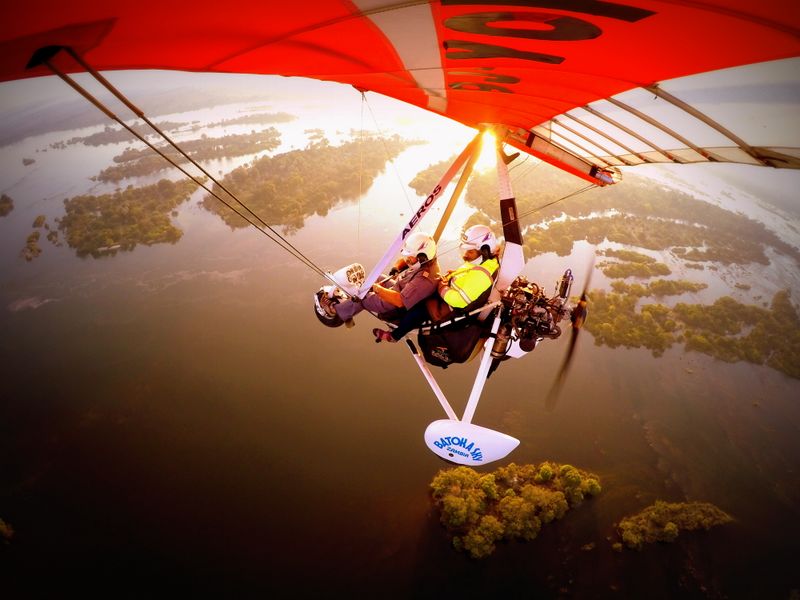
While the Smoke That Thunders, the world’s largest waterfall has plenty on offer for the nature-hungry travellers, allow some time to spot the elephants roaming in the wild or the gigantic hippos playing peek-a-boo from the depth of Zambezi river! Plan a trip around the month of October to take a deep in the famous Devil’s pool. If you want to see the waterfall in full galore, visit in the rainy season. I suggest the month of June!
Want to book a stay for the next vacay?
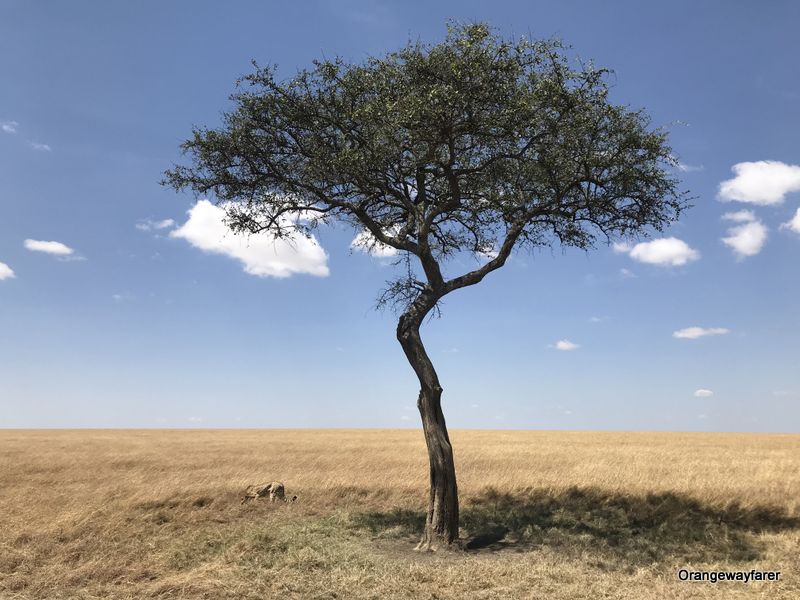
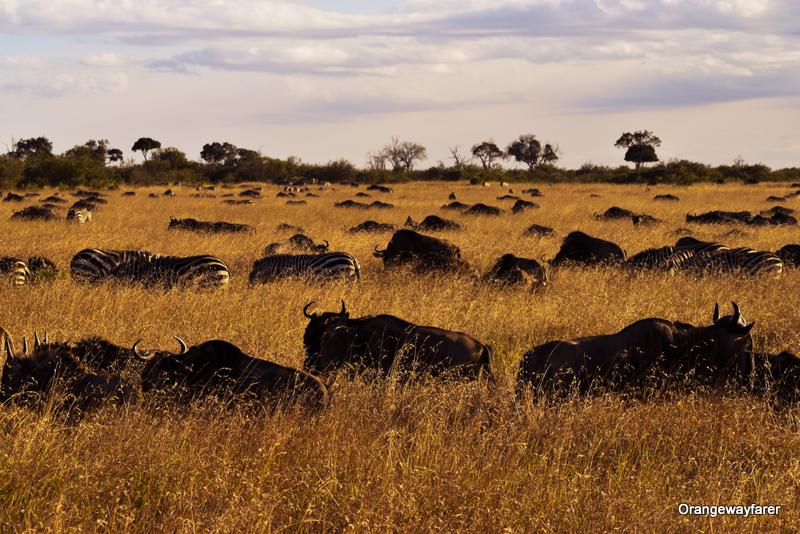
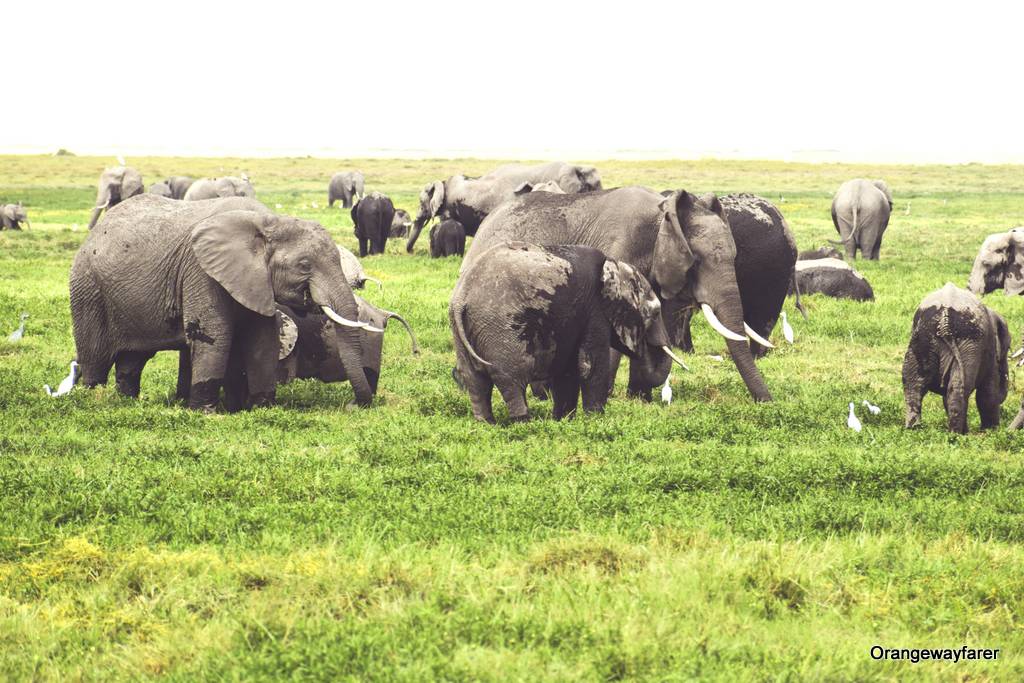
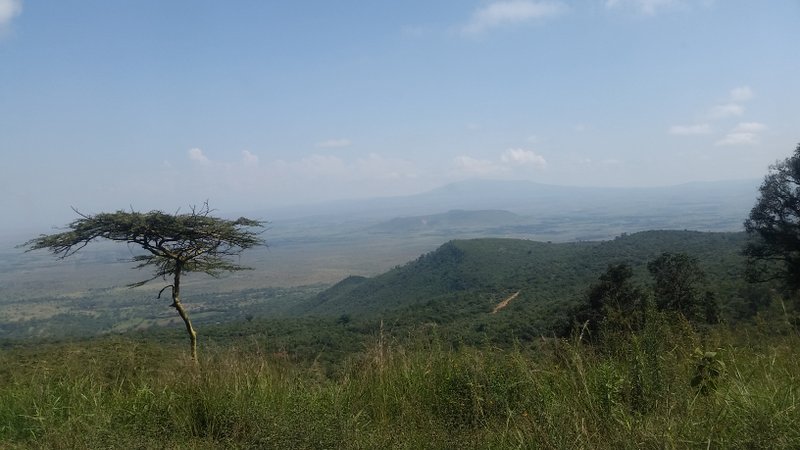
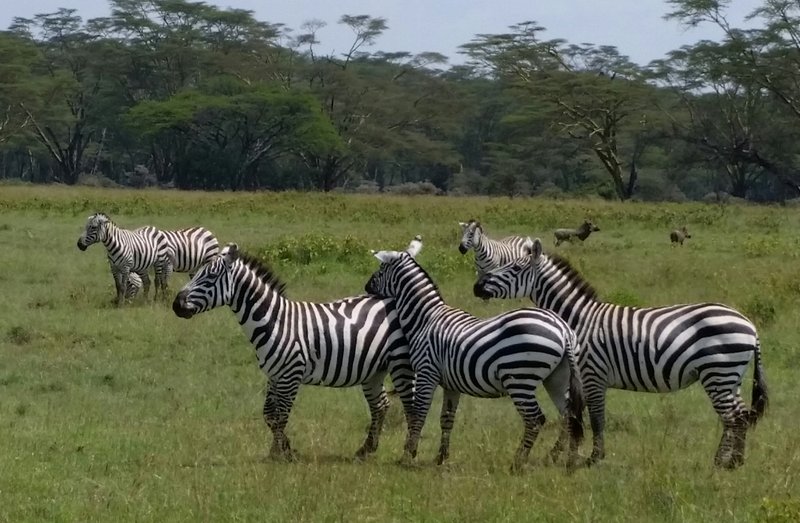
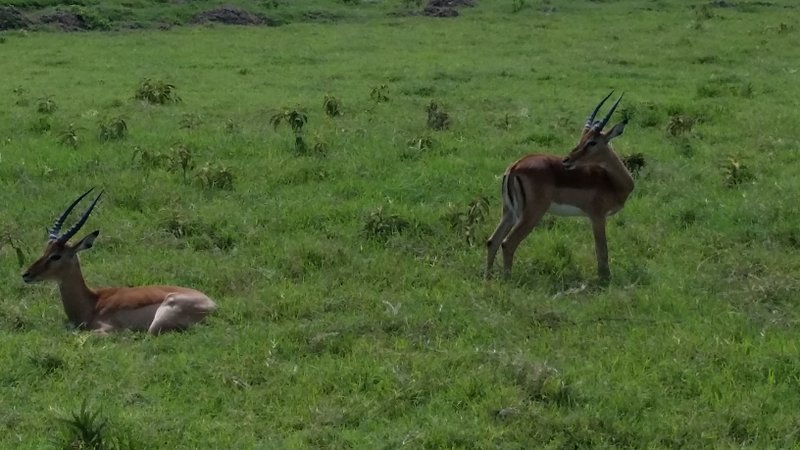
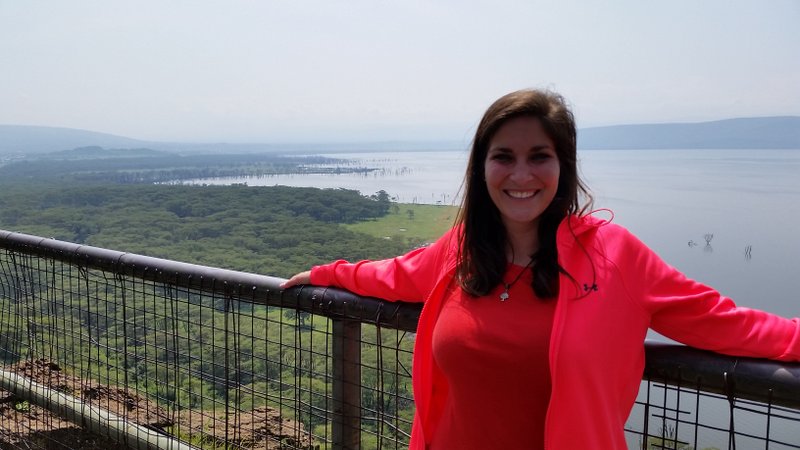
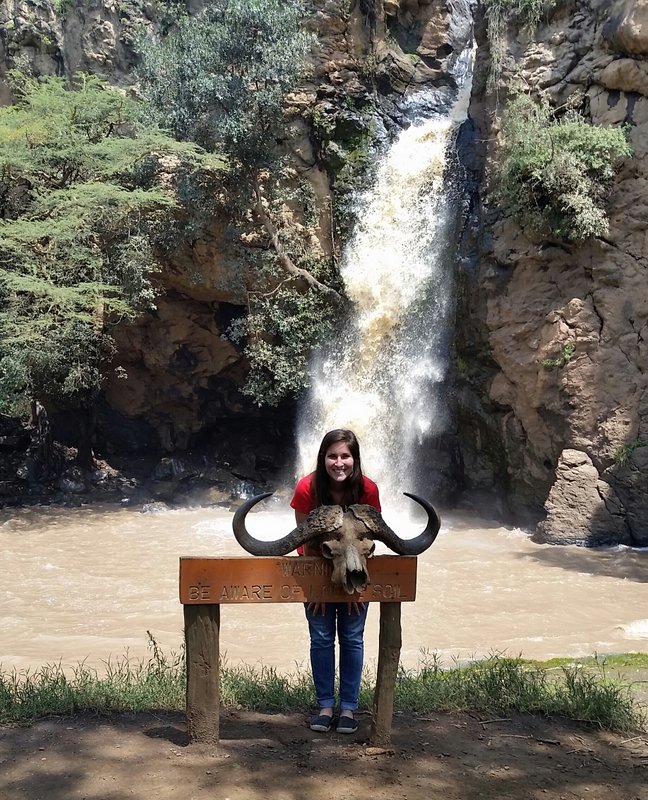
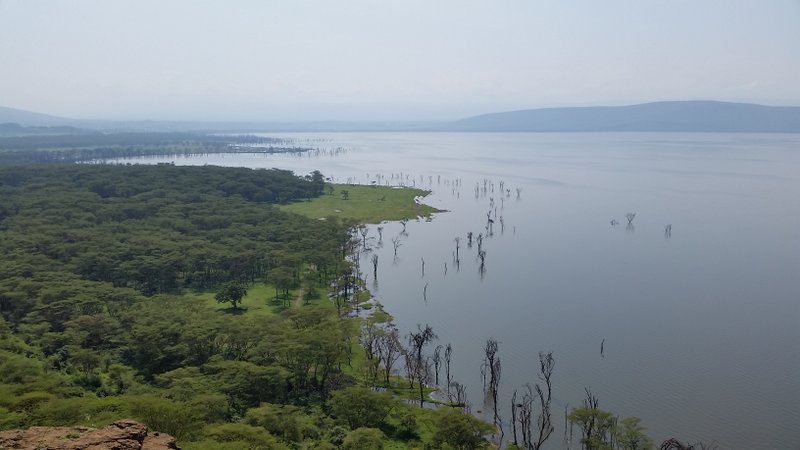
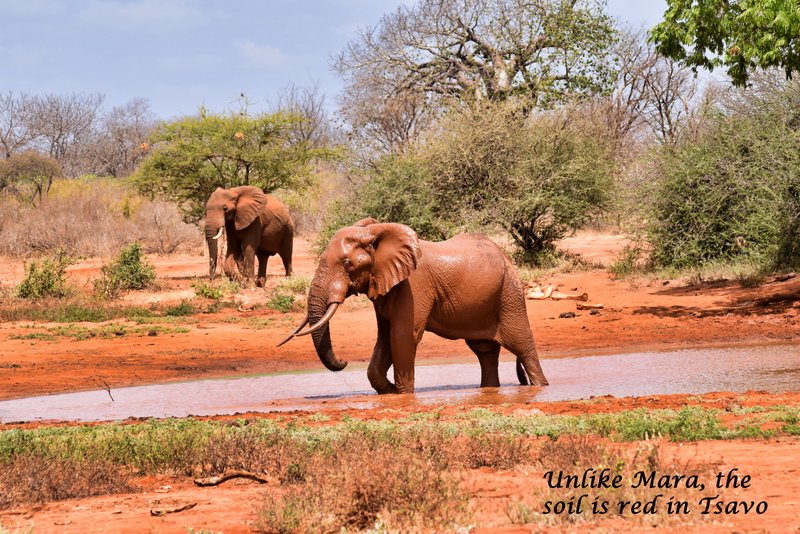
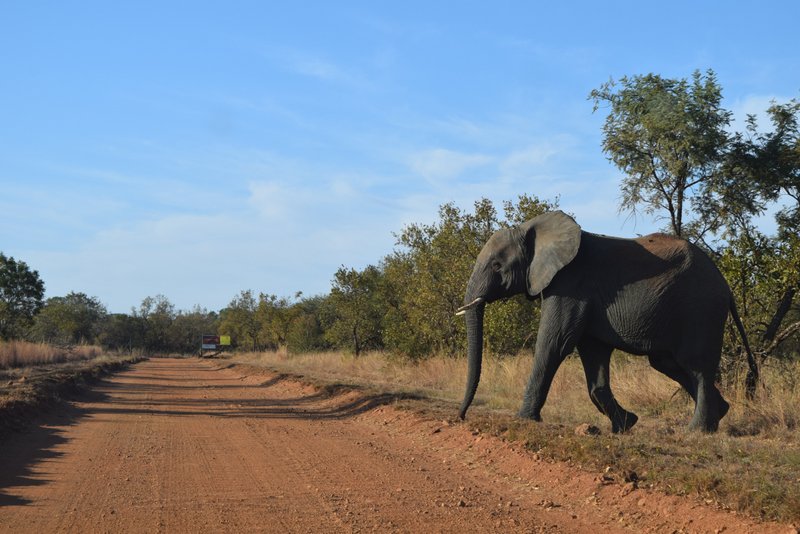
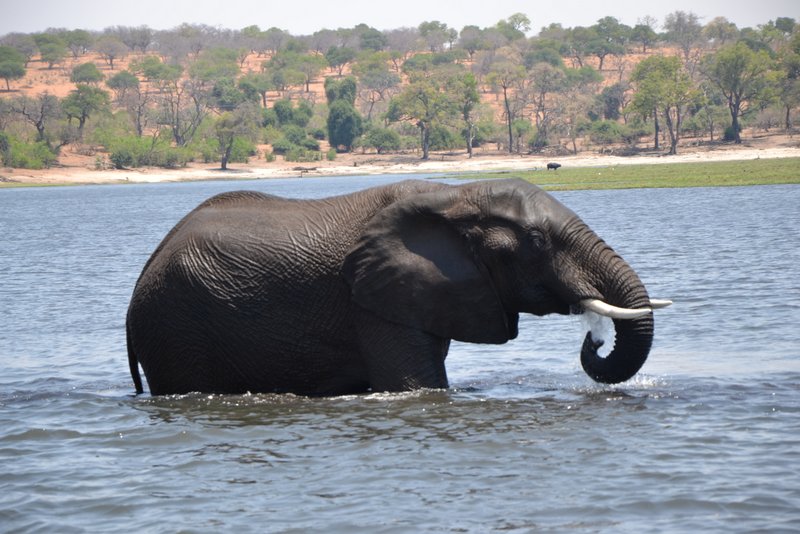
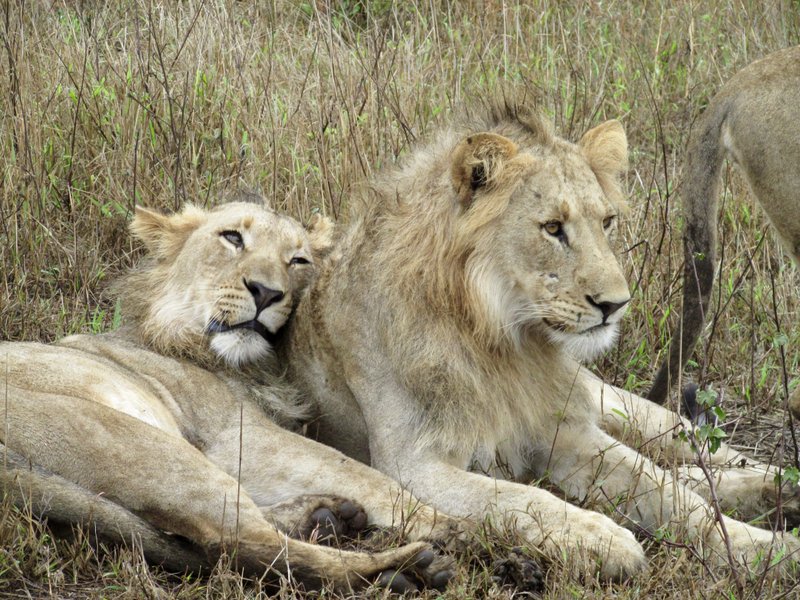
Just amazing. It will be a dream to experience this one day 🙂
Wow! A really useful compilation of different places. I have always fancied an African safari so there is plenty of information here to choose the best place. Thank you!
We have also done Amboseli, Lake Nakuru, and the Maasai Mara and can attest these are amazing safaris! Although with the road to Maasai Mara I don’t know if I could make that drive again! Had to stop at least 5 times from feeling sick!
I always love reading stories about wildlife so I enjoyed reading this. I’d love to visit all the places mentioned, especially Chobe National Park in Botswana. This post has made me even more excited for my trip back to Africa next year! This time I’m heading to Namibia.
Wow this is a great list. And although I hvnt visited Africa yet but your words can make me feel what it will be like like.thanks for sharing
That all looks so amazing! I really need to get to Africa…so many places, so little time!
I love how you have chosen places less touristy for this article! I would love to go on a safari one day and observe the animals in their natural habitat. I have a friend who has been to Serengeti National Park and always talks about how stunning it is.
This article comes at a perfect time. I’m currently planning a trip to Africa and am looking into safaris 🙂
So many wonderful experiences it would be difficult to pick just one! I would love to do all of them, they look amazing!
Beautifully crafted very informative post. 🙂